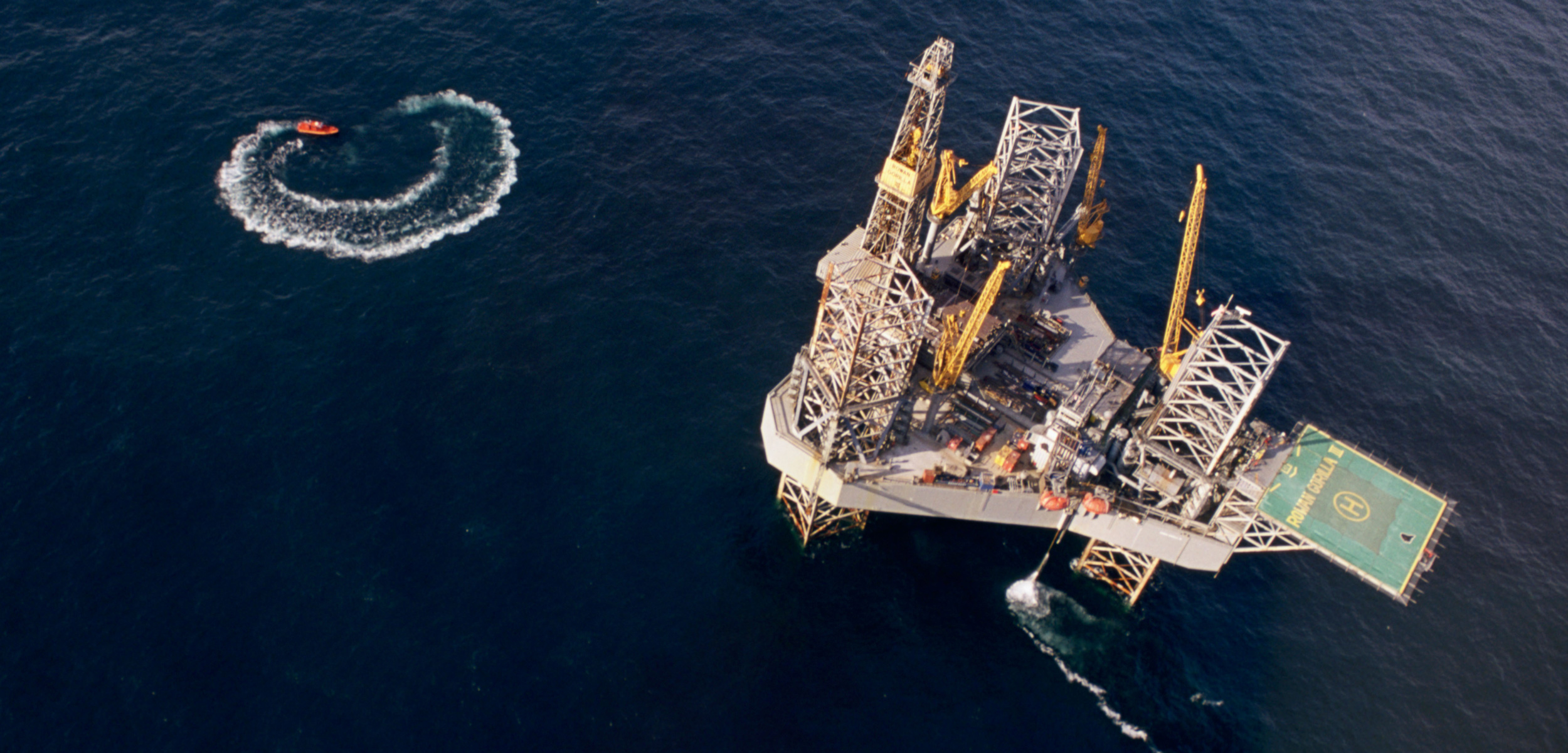Proposed Amendment Could Actually Protect Marine Protected Areas
New legislation would give planned MPAs interim protection during the years-long approval process.
Article body copy
When the final boundaries of the new Laurentian Channel Marine Protected Area were announced in May, environmentalists were dismayed to learn that 98 percent of the protected area, off the southwest coast of Newfoundland and Labrador, would still be open to oil and gas extraction. It hardly seemed like protection. They were also underwhelmed that so far less than one percent of Canada’s territorial waters have been set aside as marine protected areas (MPAs), raising concerns that the government would fall short of its goal to protect 10 percent by 2020.
But now, Fisheries and Oceans Canada (DFO) has proposed an amendment to the federal Oceans Act that would give interim protection to proposed MPAs during the lengthy designation process, which takes seven years on average—largely due to protracted negotiations with industry. On top of that, the proposed policy would force DFO to complete the approval process within five years. If the assessment process takes longer than this, the area will automatically defer to being protected says Jeff MacDonald, director general of oceans management at DFO.
If passed, the amendment would effectively create the protected areas immediately, possibly allowing Canada to meet its 2020 target.
Although the interim protection would give proposed MPAs some level of safeguarding—where currently they see none—it would still allow human activities, such as fishing. Under the new process, however, the footprint of ongoing activities would be frozen, and new activities would be prohibited.
To restrict oil and gas activity, a separate amendment to the Canada Petroleum Resources Act (CPRA) has been proposed. If passed, it would immediately restrict oil and gas activity in proposed MPAs. The amendment was inspired by the difficulties DFO had in working around 45-year-old oil company permits when trying to protect 9,000-year-old glass sponge reefs within the Hecate Strait MPA, southeast of Haida Gwaii, British Columbia.
“Under CPRA, right now there isn’t anything that the minister of Natural Resources can do with regard to existing permits,” says MacDonald. “Now we’re giving ourselves legal tools to get rid of those.”
MacDonald says he hopes that putting an immediate moratorium on oil and gas activity would bring industry representatives to the table right away to negotiate the boundaries of the proposed MPA. “Some of the interventions we receive at the end of the process now, we think they’ll start earlier in the process,” says MacDonald.
The changes sound good so far as they go, says Sabine Jessen, national director of the oceans program for the Canadian Parks and Wilderness Society, a charity. But, she warns, the petroleum amendment would be superseded in provinces that have their own offshore petroleum boards, such as Newfoundland and Nova Scotia. And continuing to allow current activities during the designation process, as the Oceans Act amendment proposes, could jeopardize conservation. Instead, Jessen would like to see proposed MPAs closed to all activities until a final decision is made.
“Instead of using various delaying tactics to stall MPA proposals, because there is no protection until they’re actually put in place, this way there’s more of an incentive to get to the table and get it sorted out,” Jessen says.
Canada’s Oceans Act, which is regulated by DFO, is just one of three pathways to create an MPA in Canada. The other two are the Canada Wildlife Act, in which Marine National Wildlife Areas can be created by Environment and Climate Change Canada, and the National Marine Conservation Areas Act, which allows Parks Canada to establish marine parks. Jessen, a veteran of MPA discussions, says she would like to see minimum standards applied across all three methods. Without them, conservationists have to negotiate from scratch for each site, she says.
Jessen adds that the stakeholder process has favored industry. “We have all these industry interests, all these advisory committees, all lined up against the one or maybe two people from the conservation sector,” she says. “And yet here we are designing protected areas. We’re not designing new areas for industrial use. It’s just ass-backwards as far as I’m concerned.”
The lack of defined standards both in and across the different paths for creating MPAs also means that Canada falls below international standards, says Rodolphe Devillers, a geographer at Newfoundland and Labrador’s Memorial University who has helped identify possible conservation areas.
“We have very few that meet that test,” Jessen says. “You’d be lucky to get 20 percent fully protected. These are supposed to be the ecological gems of the ocean that we’re providing with the highest level of protection that we can.”
The bill was introduced to Parliament on June 15, and will continue through the legislative process in the fall.
In April 2019, Fisheries and Oceans Canada outlined new rules governing industrial activity in marine protected areas, and the situations in which marine refuges will be counted toward Canada’s conservation quotas. Read more about that in “Canada Has New Rules Governing its Marine Protected Areas. Do They Go Far Enough?”

